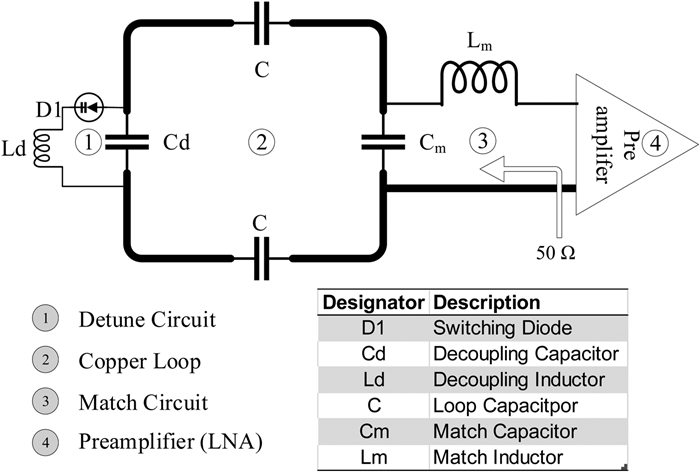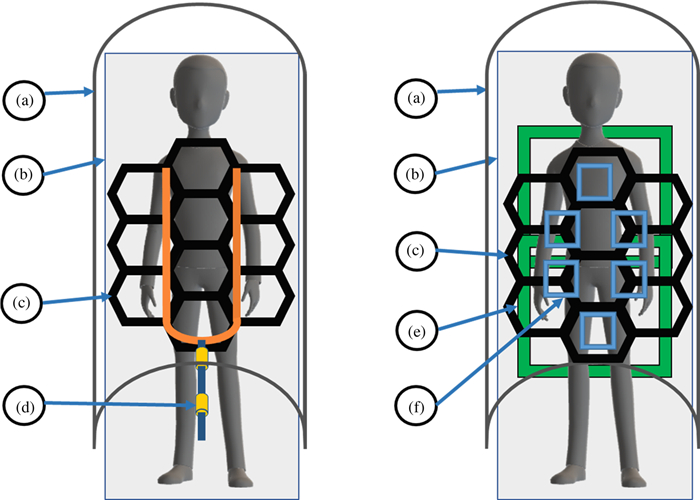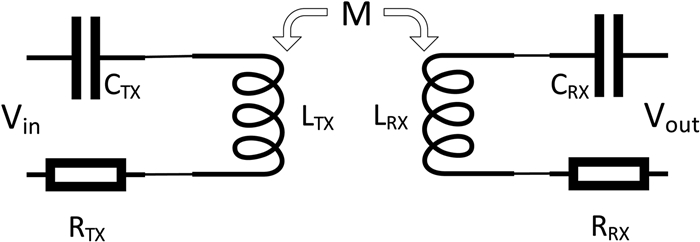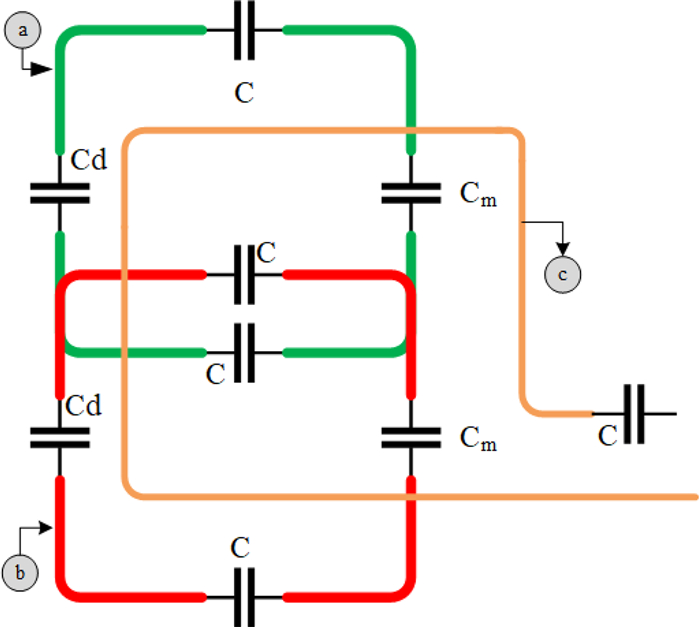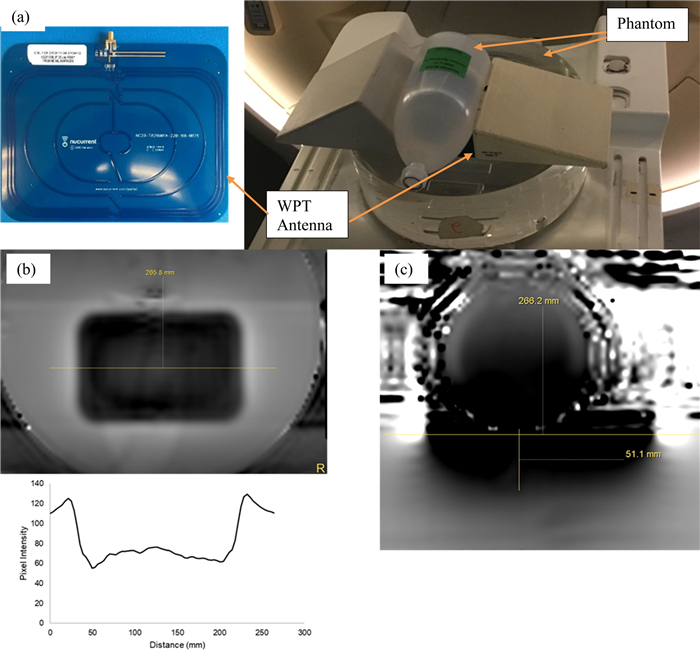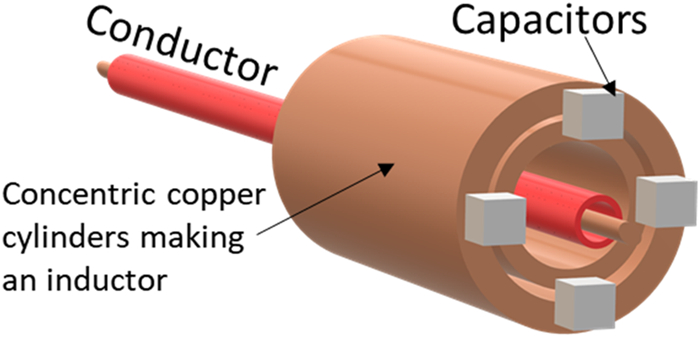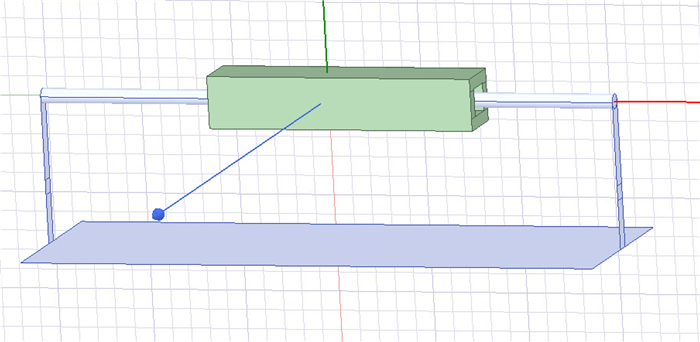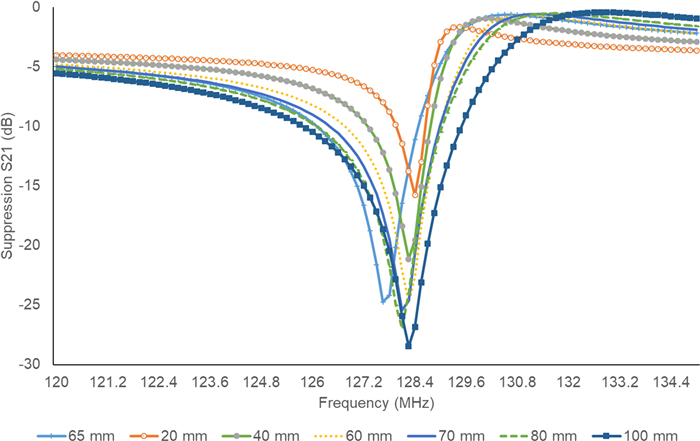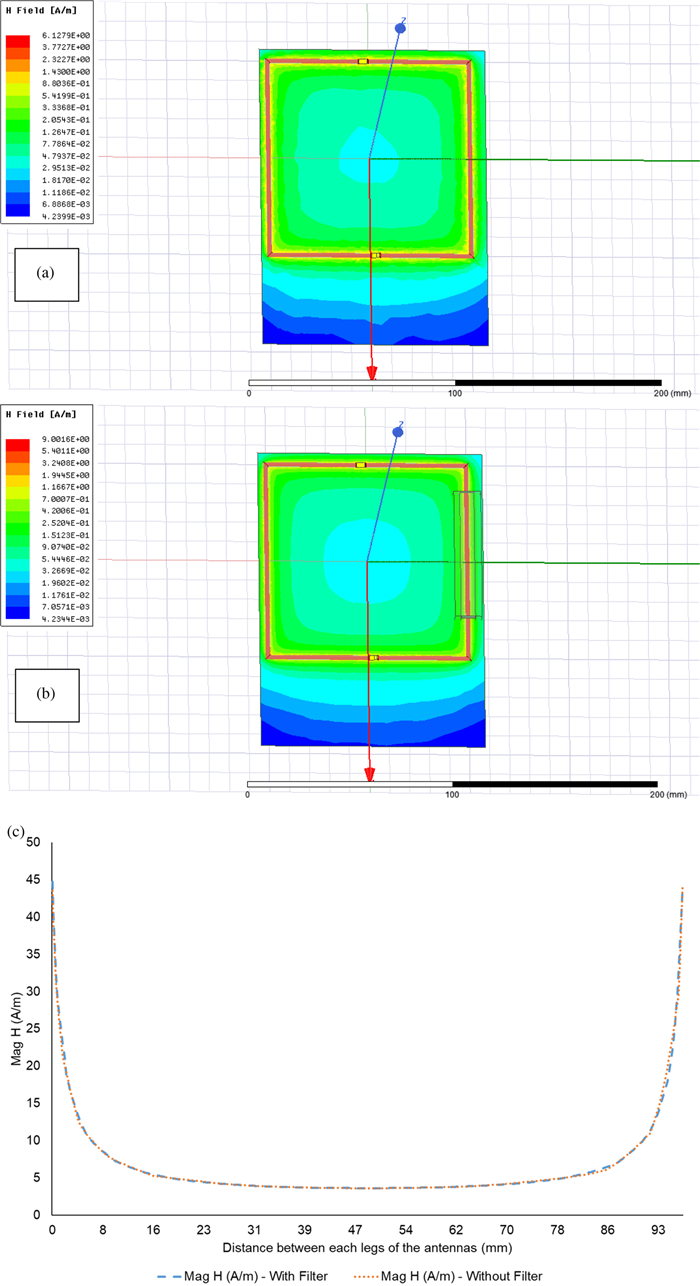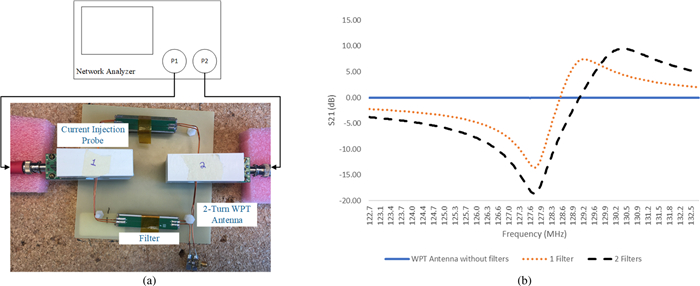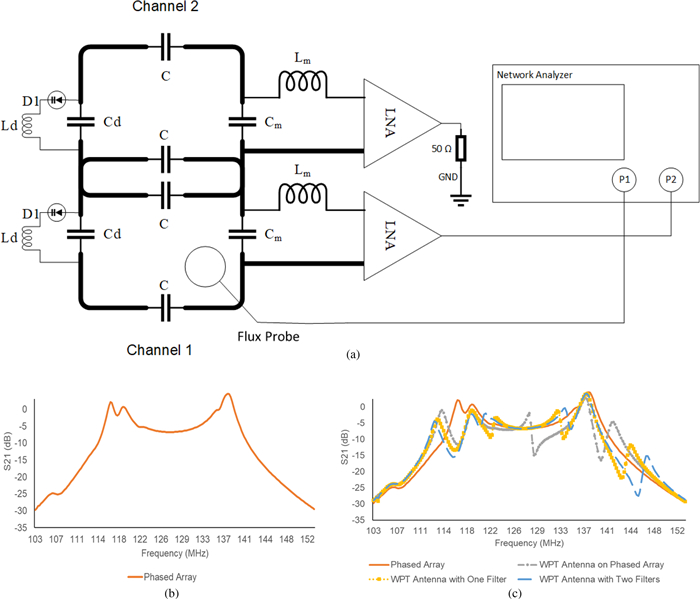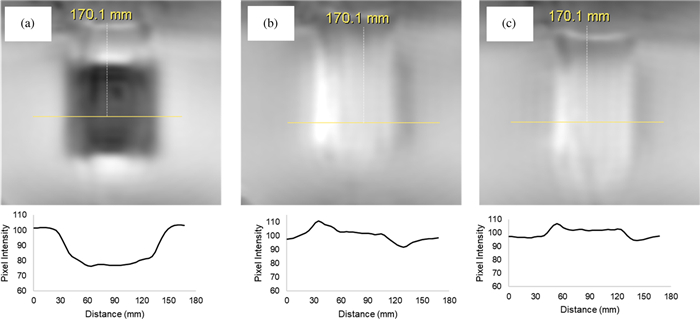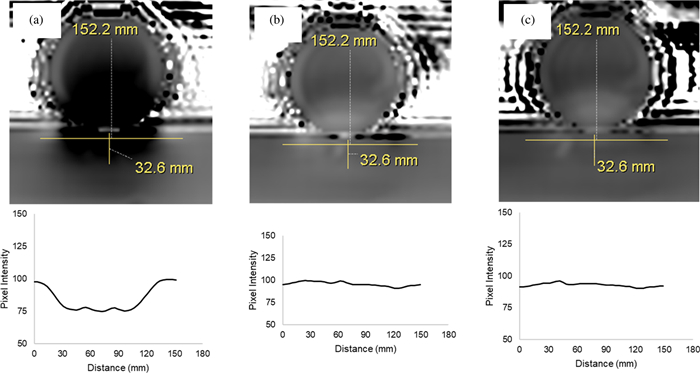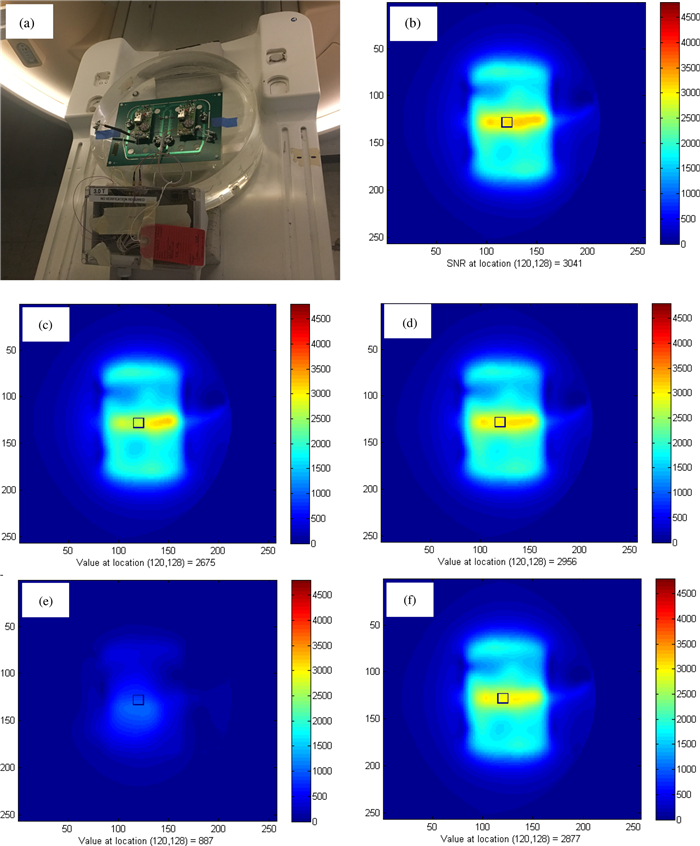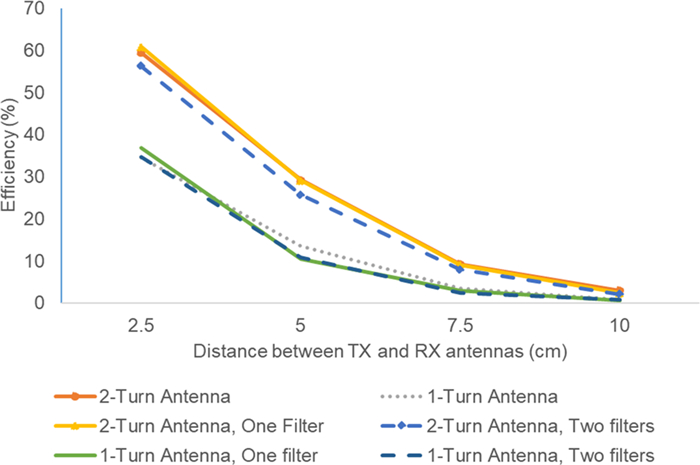Achieving electromagnetic compatibility of wireless power transfer antennas inside MRI system
-
1.
University of Florida, Gainesville, Florida, USA
-
2.
Philips Healthcare, Gainesville, Florida, USA
More Information
-
Author Bio:
 Aasrith Ganti
Aasrith Ganti is pursuing his Ph.D. in electrical engineering from the University of Florida, Gainesville, FL, USA. He graduated with his B.S in Electronics and Communication Engineering from J.N.T University, Hyderabad in 2008 and Masters in Electrical Engineering from the University of Florida in 2012. He has been working as an Electrical Engineer for Philips Healthcare in the Research and Development group, Gainesville, FL. His research interests include Wireless Power, RF circuits, and systems as applied to medical devices particularly geared towards Magnetic Resonance Imaging. He received the 2018 IEEE Wireless Power Transfer Conference Best Student Paper Award.
 Jenshan Lin
Jenshan Lin received the Ph.D. degree in electrical engineering from the University of California, Los Angeles, CA, USA, in 1994. He was with Lucent Bell Labs, Murray Hill, NJ, USA, from 1994 to 2001, and Agere Systems, Holmdel, NJ, USA, a spin-off company of Lucent Bell Labs, from 2001 to 2003. In 2003, he joined the University of Florida, Gainesville, FL, USA, where he is currently a Professor. Since October 2016, he has been on assignment to work for the U.S. National Science Foundation as a Program Director in Communications, Circuits, and Sensing Systems (CCSS) Program. He has authored or coauthored over 275 technical publications in refereed journals and conference proceedings. He holds 19 U.S. patents. His current research interests include sensors and biomedical applications of microwave and millimeter-wave technologies, wireless power transfer, and wireless communication systems. Dr. Lin was a recipient of the 1994 UCLA Outstanding Ph.D. Award, the 1997 Eta Kappa Nu Outstanding Young Electrical Engineer Honorable Mention Award, the 2007 IEEE Microwave Theory and Techniques Society (MTT-S) N. Walter Cox Award, the 2015 IEEE Wireless Power Transfer Conference Best Paper Award, the 2016 Distinguished Alumnus Award from National Chiao Tung University, Hsinchu, Taiwan, and the 2016 IEEE RFIC Symposium Tina Quach Outstanding Service Award. He was the General Chair of the 2008 RFIC Symposium, the Technical Program Chair of the 2009 Radio and Wireless Symposium, and the General Co-Chair of the 2012 Asia-Pacific Microwave Conference. He served as the Editor-in-Chief of the IEEE TRANSACTIONS ON MICROWAVE THEORY AND TECHNIQUES in 2014–2016.
 Tracy A. Wynn
Tracy A. Wynn received B.S. degrees in Electrical Engineering and Applied Mathematics in 1999 and an M.S. degree in Electrical Engineering in 2002 from Florida State University in Tallahassee, Florida. In 2010 he received his M.B.A. from the University of Florida in Gainesville, Florida. He joined MRI Devices in 2002 (later Philips/Invivo) in Gainesville, Florida as an RF engineer, designing MRI coils. He has worked on numerous research and commercial MRI coil products during his tenure, in various design and administrative capacities. He now serves as the Lead RF Architect for Patient Interface at Philips/Invivo.
 Timothy Ortiz
Timothy Ortiz received his B.S. and M.S. from the University of Florida, where his focus was on RF IC design. He joined Philips in April 2011 and is currently a Research Technologist. Current research topics include wireless medical transceiver and energy harvesting technology design. Before joining Philips, he worked for Motorola research and development on multiple wireless standard and technologies including BT, GPS, GSM, WCDMA, LTE, and 802.11x
-
Corresponding author:
Aasrith Ganti, University of Florida, Gainesville, Florida, USA. E-mail: aasrith.ganti@philips.com
-
Abstract
Radiofrequency surface coils used as receivers in magnetic resonance imaging (MRI) rely on cables for communication and power from the MRI system. Complex surface coil arrays are being designed for improving acquisition speed and signal-to-noise ratio. This, in-turn makes the cables bulky, expensive, and the currents induced on cables by time-varying magnetic fields of the MRI system may cause patient harm. Though wireless power transfer (WPT) can eliminate cables and make surface coils safer, MRI poses a challenging electromagnetic environment for WPT antennas because the antennas made using long conductors interact with the static and dynamic fields of the MRI system. This paper analyses the electromagnetic compatibility of WPT antennas and reveals that commercially available antennas are not compatible with MRI systems, presenting a safety risk for patients. Even when the risk is minimized, the antennas couple with surface coils leading to misdiagnosis. This paper presents an approach to eliminate safety risks and minimize coupling using a filter named "floating filter." A WPT antenna without a filter has a distortion of 27%, and floating filters reduce the distortion to 2.3%. Secondly, the floating filter does not affect the power transfer efficiency, and the transfer efficiency of 60% is measured with and without filters.
-
About this article
Cite this article
Ganti A, Lin J, Wynn T, Ortiz T. 2019. Achieving electromagnetic compatibility of wireless power transfer antennas inside MRI system. Wireless Power Transfer 6(2): 138-153 doi: 10.1017/wpt.2019.15
|
Ganti A, Lin J, Wynn T, Ortiz T. 2019. Achieving electromagnetic compatibility of wireless power transfer antennas inside MRI system. Wireless Power Transfer 6(2): 138-153 doi: 10.1017/wpt.2019.15
|









 Aasrith Ganti is pursuing his Ph.D. in electrical engineering from the University of Florida, Gainesville, FL, USA. He graduated with his B.S in Electronics and Communication Engineering from J.N.T University, Hyderabad in 2008 and Masters in Electrical Engineering from the University of Florida in 2012. He has been working as an Electrical Engineer for Philips Healthcare in the Research and Development group, Gainesville, FL. His research interests include Wireless Power, RF circuits, and systems as applied to medical devices particularly geared towards Magnetic Resonance Imaging. He received the 2018 IEEE Wireless Power Transfer Conference Best Student Paper Award.
Aasrith Ganti is pursuing his Ph.D. in electrical engineering from the University of Florida, Gainesville, FL, USA. He graduated with his B.S in Electronics and Communication Engineering from J.N.T University, Hyderabad in 2008 and Masters in Electrical Engineering from the University of Florida in 2012. He has been working as an Electrical Engineer for Philips Healthcare in the Research and Development group, Gainesville, FL. His research interests include Wireless Power, RF circuits, and systems as applied to medical devices particularly geared towards Magnetic Resonance Imaging. He received the 2018 IEEE Wireless Power Transfer Conference Best Student Paper Award.  Jenshan Lin received the Ph.D. degree in electrical engineering from the University of California, Los Angeles, CA, USA, in 1994. He was with Lucent Bell Labs, Murray Hill, NJ, USA, from 1994 to 2001, and Agere Systems, Holmdel, NJ, USA, a spin-off company of Lucent Bell Labs, from 2001 to 2003. In 2003, he joined the University of Florida, Gainesville, FL, USA, where he is currently a Professor. Since October 2016, he has been on assignment to work for the U.S. National Science Foundation as a Program Director in Communications, Circuits, and Sensing Systems (CCSS) Program. He has authored or coauthored over 275 technical publications in refereed journals and conference proceedings. He holds 19 U.S. patents. His current research interests include sensors and biomedical applications of microwave and millimeter-wave technologies, wireless power transfer, and wireless communication systems. Dr. Lin was a recipient of the 1994 UCLA Outstanding Ph.D. Award, the 1997 Eta Kappa Nu Outstanding Young Electrical Engineer Honorable Mention Award, the 2007 IEEE Microwave Theory and Techniques Society (MTT-S) N. Walter Cox Award, the 2015 IEEE Wireless Power Transfer Conference Best Paper Award, the 2016 Distinguished Alumnus Award from National Chiao Tung University, Hsinchu, Taiwan, and the 2016 IEEE RFIC Symposium Tina Quach Outstanding Service Award. He was the General Chair of the 2008 RFIC Symposium, the Technical Program Chair of the 2009 Radio and Wireless Symposium, and the General Co-Chair of the 2012 Asia-Pacific Microwave Conference. He served as the Editor-in-Chief of the IEEE TRANSACTIONS ON MICROWAVE THEORY AND TECHNIQUES in 2014–2016.
Jenshan Lin received the Ph.D. degree in electrical engineering from the University of California, Los Angeles, CA, USA, in 1994. He was with Lucent Bell Labs, Murray Hill, NJ, USA, from 1994 to 2001, and Agere Systems, Holmdel, NJ, USA, a spin-off company of Lucent Bell Labs, from 2001 to 2003. In 2003, he joined the University of Florida, Gainesville, FL, USA, where he is currently a Professor. Since October 2016, he has been on assignment to work for the U.S. National Science Foundation as a Program Director in Communications, Circuits, and Sensing Systems (CCSS) Program. He has authored or coauthored over 275 technical publications in refereed journals and conference proceedings. He holds 19 U.S. patents. His current research interests include sensors and biomedical applications of microwave and millimeter-wave technologies, wireless power transfer, and wireless communication systems. Dr. Lin was a recipient of the 1994 UCLA Outstanding Ph.D. Award, the 1997 Eta Kappa Nu Outstanding Young Electrical Engineer Honorable Mention Award, the 2007 IEEE Microwave Theory and Techniques Society (MTT-S) N. Walter Cox Award, the 2015 IEEE Wireless Power Transfer Conference Best Paper Award, the 2016 Distinguished Alumnus Award from National Chiao Tung University, Hsinchu, Taiwan, and the 2016 IEEE RFIC Symposium Tina Quach Outstanding Service Award. He was the General Chair of the 2008 RFIC Symposium, the Technical Program Chair of the 2009 Radio and Wireless Symposium, and the General Co-Chair of the 2012 Asia-Pacific Microwave Conference. He served as the Editor-in-Chief of the IEEE TRANSACTIONS ON MICROWAVE THEORY AND TECHNIQUES in 2014–2016.  Tracy A. Wynn received B.S. degrees in Electrical Engineering and Applied Mathematics in 1999 and an M.S. degree in Electrical Engineering in 2002 from Florida State University in Tallahassee, Florida. In 2010 he received his M.B.A. from the University of Florida in Gainesville, Florida. He joined MRI Devices in 2002 (later Philips/Invivo) in Gainesville, Florida as an RF engineer, designing MRI coils. He has worked on numerous research and commercial MRI coil products during his tenure, in various design and administrative capacities. He now serves as the Lead RF Architect for Patient Interface at Philips/Invivo.
Tracy A. Wynn received B.S. degrees in Electrical Engineering and Applied Mathematics in 1999 and an M.S. degree in Electrical Engineering in 2002 from Florida State University in Tallahassee, Florida. In 2010 he received his M.B.A. from the University of Florida in Gainesville, Florida. He joined MRI Devices in 2002 (later Philips/Invivo) in Gainesville, Florida as an RF engineer, designing MRI coils. He has worked on numerous research and commercial MRI coil products during his tenure, in various design and administrative capacities. He now serves as the Lead RF Architect for Patient Interface at Philips/Invivo.  Timothy Ortiz received his B.S. and M.S. from the University of Florida, where his focus was on RF IC design. He joined Philips in April 2011 and is currently a Research Technologist. Current research topics include wireless medical transceiver and energy harvesting technology design. Before joining Philips, he worked for Motorola research and development on multiple wireless standard and technologies including BT, GPS, GSM, WCDMA, LTE, and 802.11x
Timothy Ortiz received his B.S. and M.S. from the University of Florida, where his focus was on RF IC design. He joined Philips in April 2011 and is currently a Research Technologist. Current research topics include wireless medical transceiver and energy harvesting technology design. Before joining Philips, he worked for Motorola research and development on multiple wireless standard and technologies including BT, GPS, GSM, WCDMA, LTE, and 802.11x 


